By Marlo Fisken, Creator of Flow Movement
For as many magazines, blogs, and memes on fitness as there are, there is a general lack of understanding on what fitness actually is. I am not at all surprised; people value different things when it comes to aesthetics and lifestyle. But fitness is more than most of us realize. Let's have a look at the definition of fitness before I share some of my recent thoughts with you.
Fitness is a measure of how you adapt to stressors. It is often defined as the combination of your strength, mobility, endurance, body composition, power, speed, balance, and agility. Fitness, however, is also a measure of how efficiently and effectively you work and play, your emotional well-being and how well you avoid the diseases of inactivity. It is your reaction time and how you adapt to diverse environments and challenges. Fitness is important to each and every one of us (whether you choose to care now or not).
Your fitness level is evidenced in all aspects of your life.
Yet few broad-reaching fitness outlets (outside of the mind/body sphere) talk about the importance of awareness. I believe that bodily awareness is the most overlooked aspect of fitness.
Bodily awareness is key to improving alignment, and healthy alignment is key to growing our skill set, meeting many physique goals, and avoiding pain.
Science has shown that poor postural habits negatively impact mood and stress. Beyond that, postural issues can cause pain, leaving us wondering why we cannot meet our fitness goals. In my experience, there is a strong correlation between your ability to move without pain and making progress. I have usually had to learn something about my patterns and make a priority of staying aware of them (both during training and daily activities) in order to remedy pain and injuries (and even a poochy belly situation).
Body awareness helps you to fully engage in your training and find joy in the process. Not only can you can train more if you feel good, you can do it for much more of your life!
In case this body awareness talk doesn't sound flashy enough and doesn't seem to have anything to do with your goals of "being hot," consider this:
Even across many non-human species, strong posture, (which is the same as good alignment), gets noticed. The strong and robust are in demand because they appear to have the best health and genetics. Confidence is ultimately a way of moving, and often is a projection of awareness.
I feel the most confident after physical training that requires absolute focus and immersion. When I practice movements that require me to tap into detailed self-awareness, I move better, I breathe better, I stand tall and sit better throughout the day.
So, What do you do to develop your body awareness?


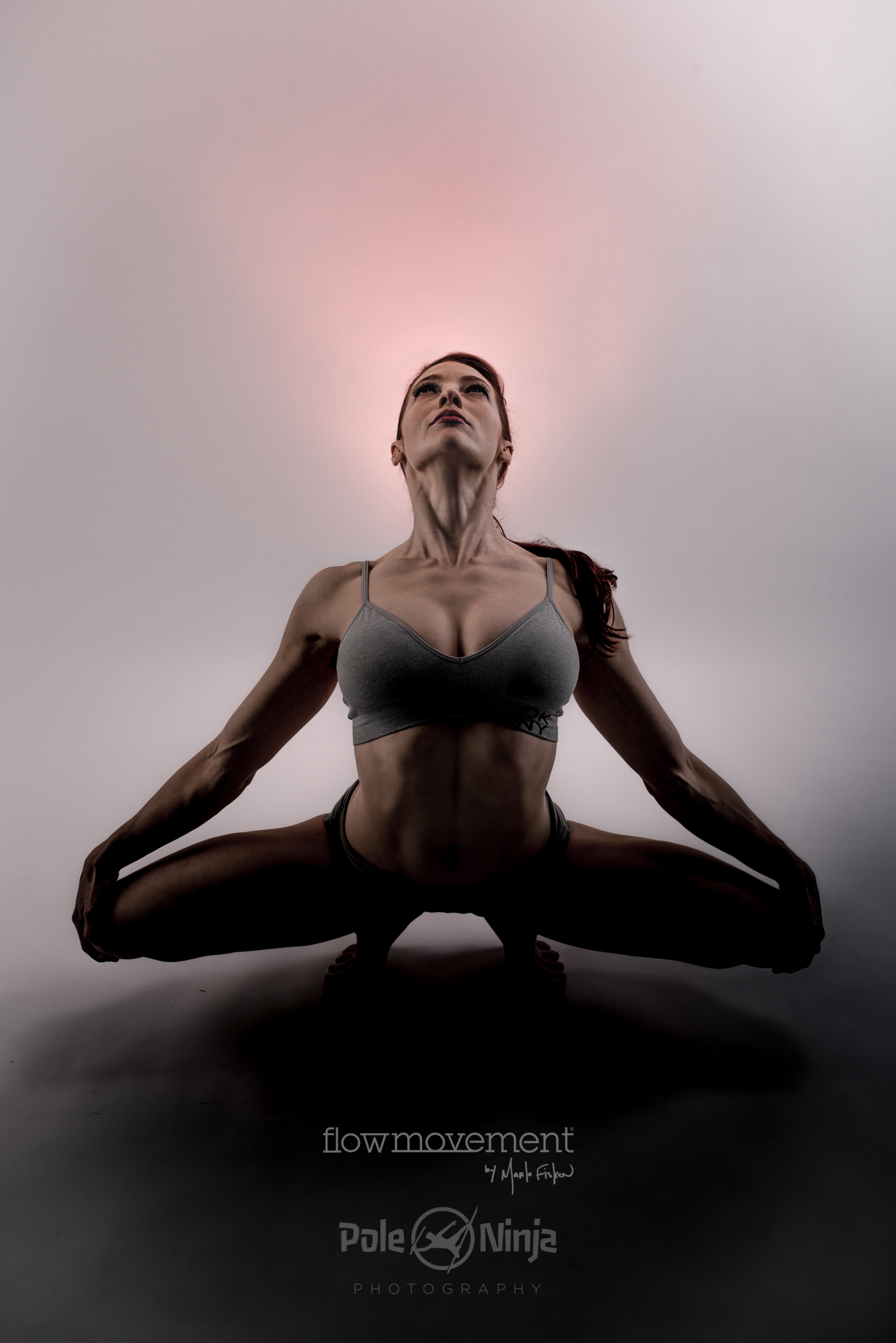

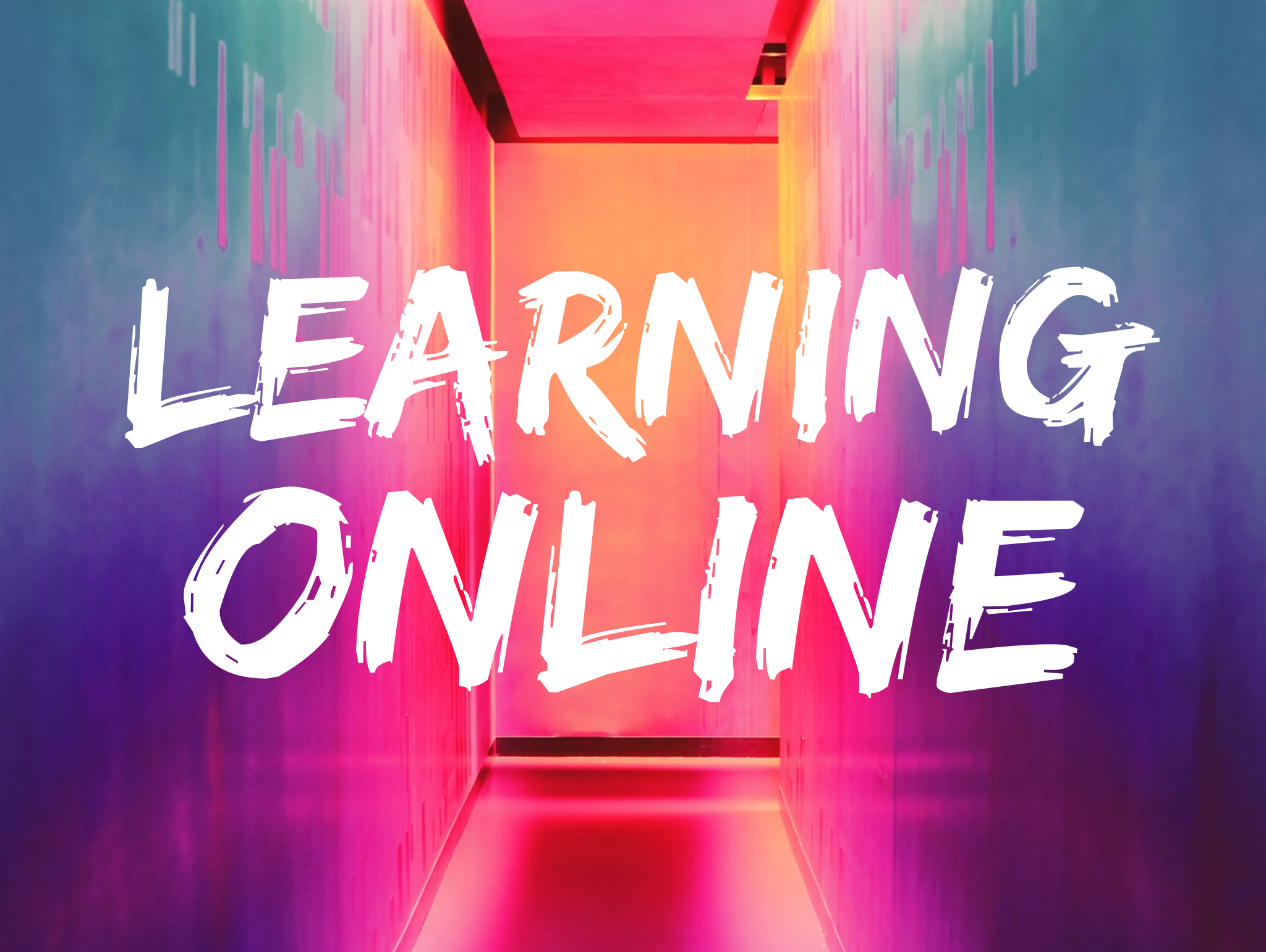

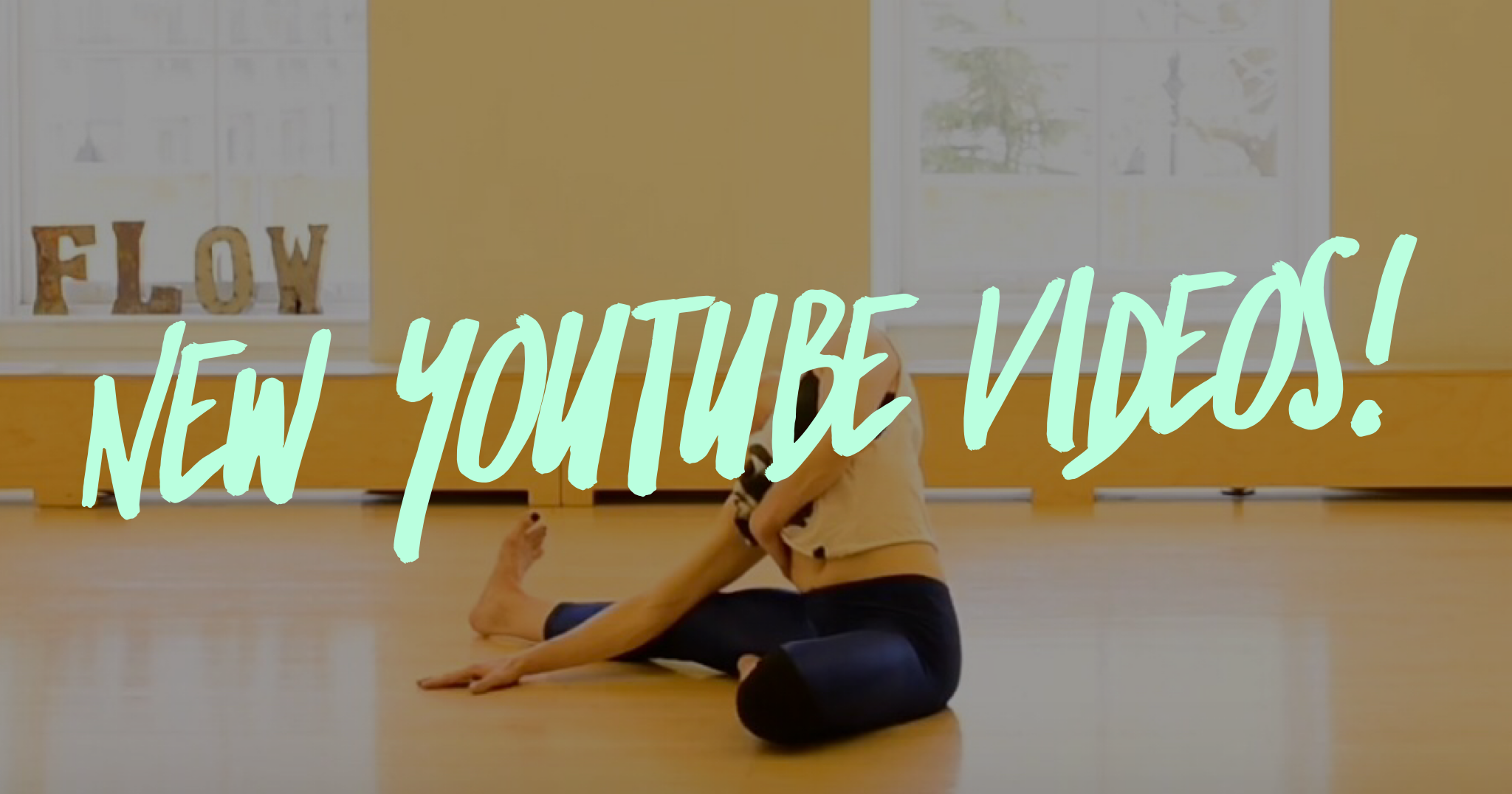

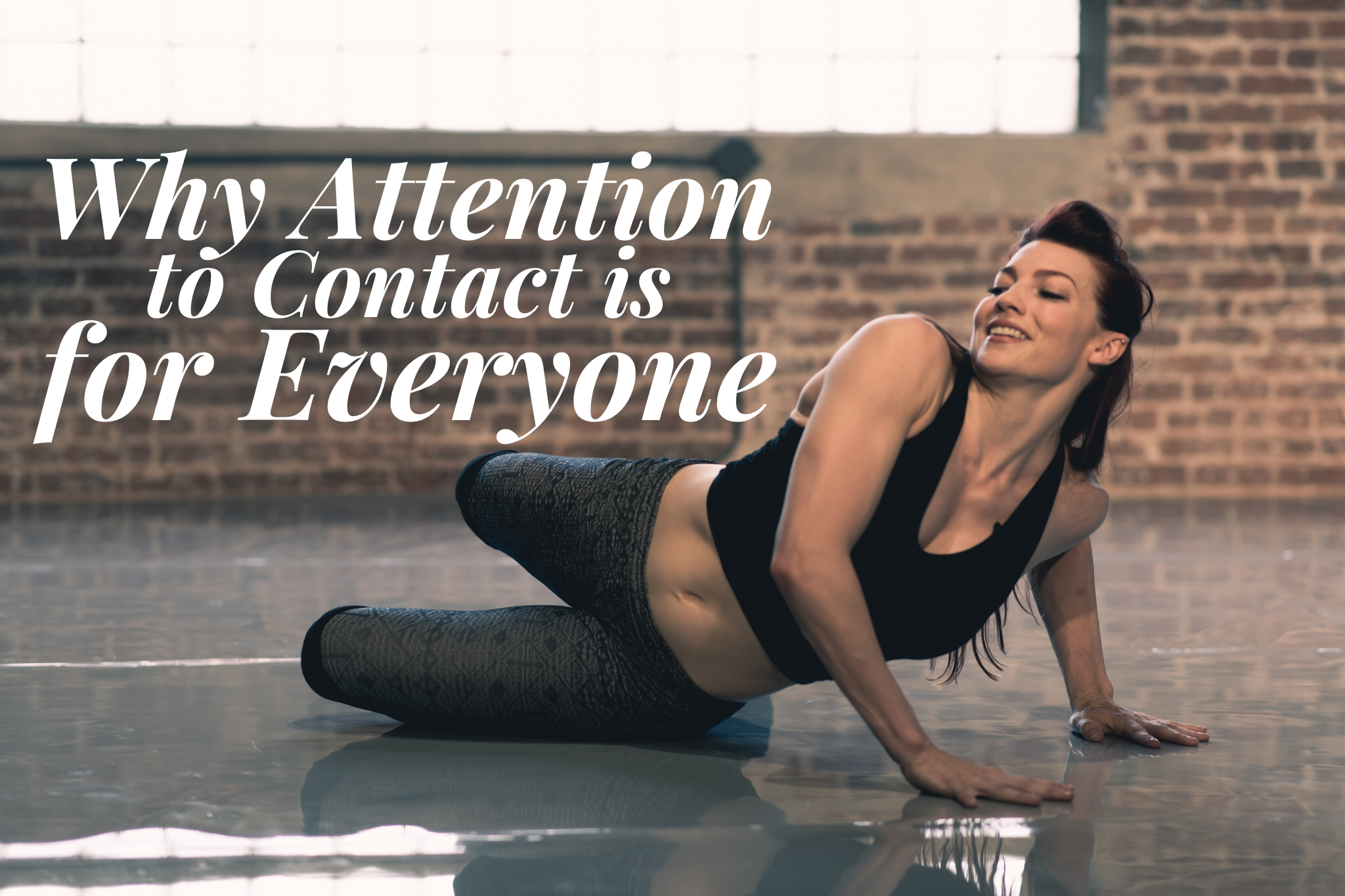


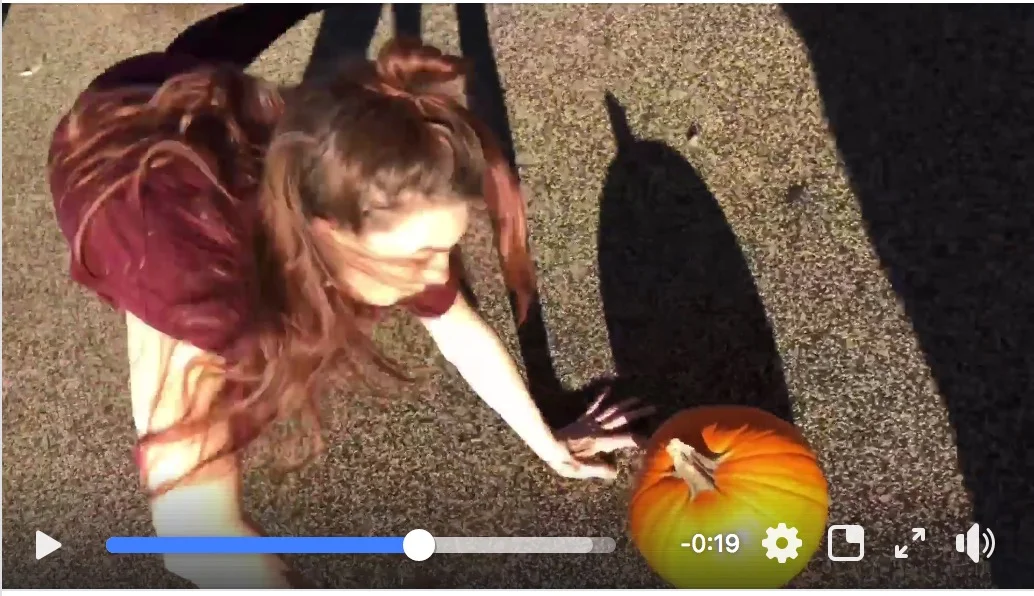

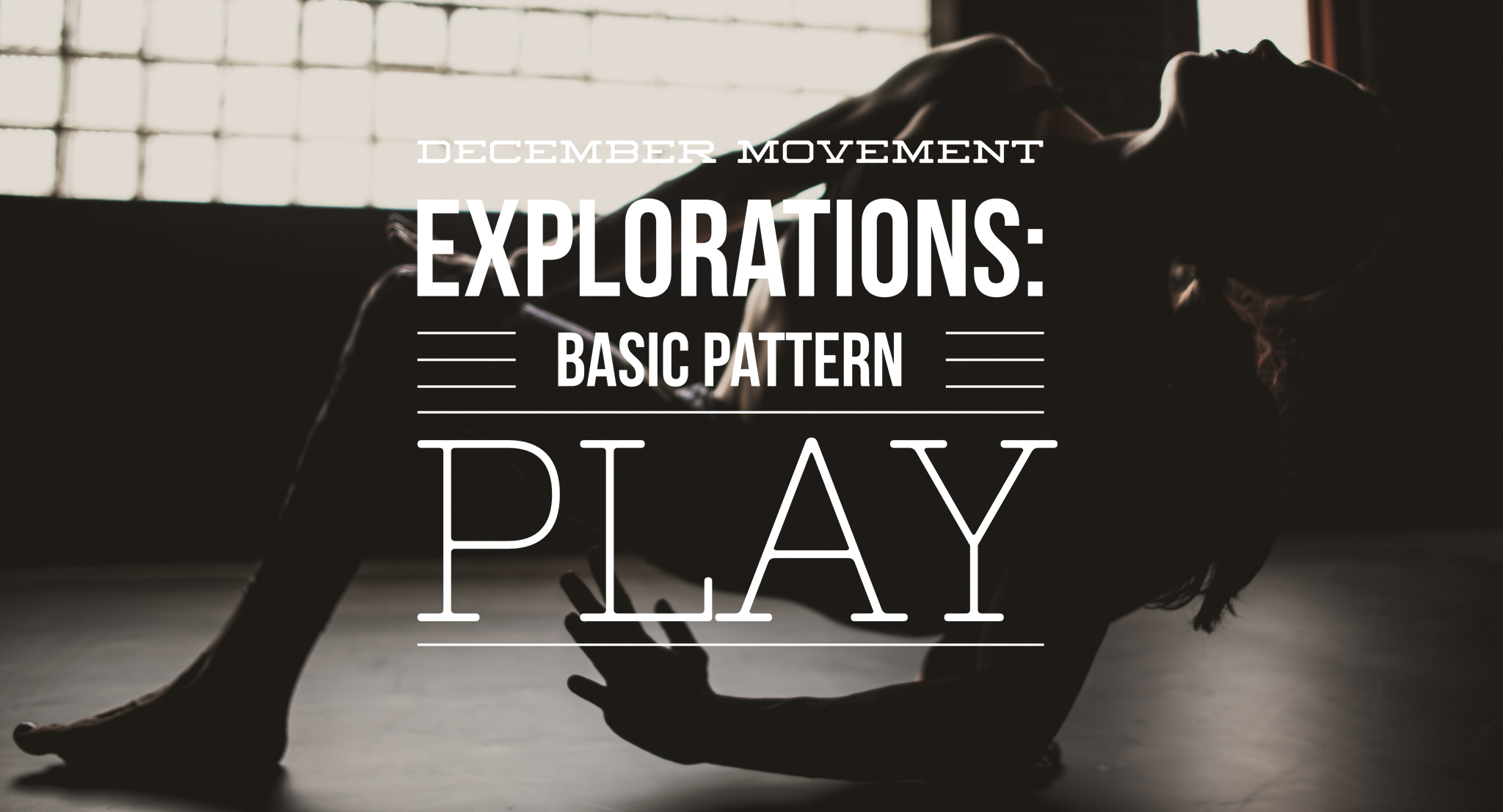
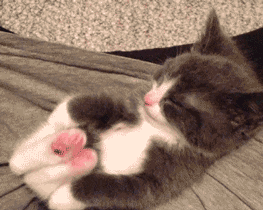



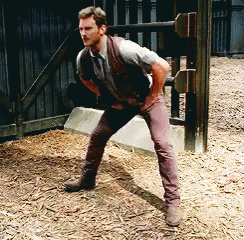


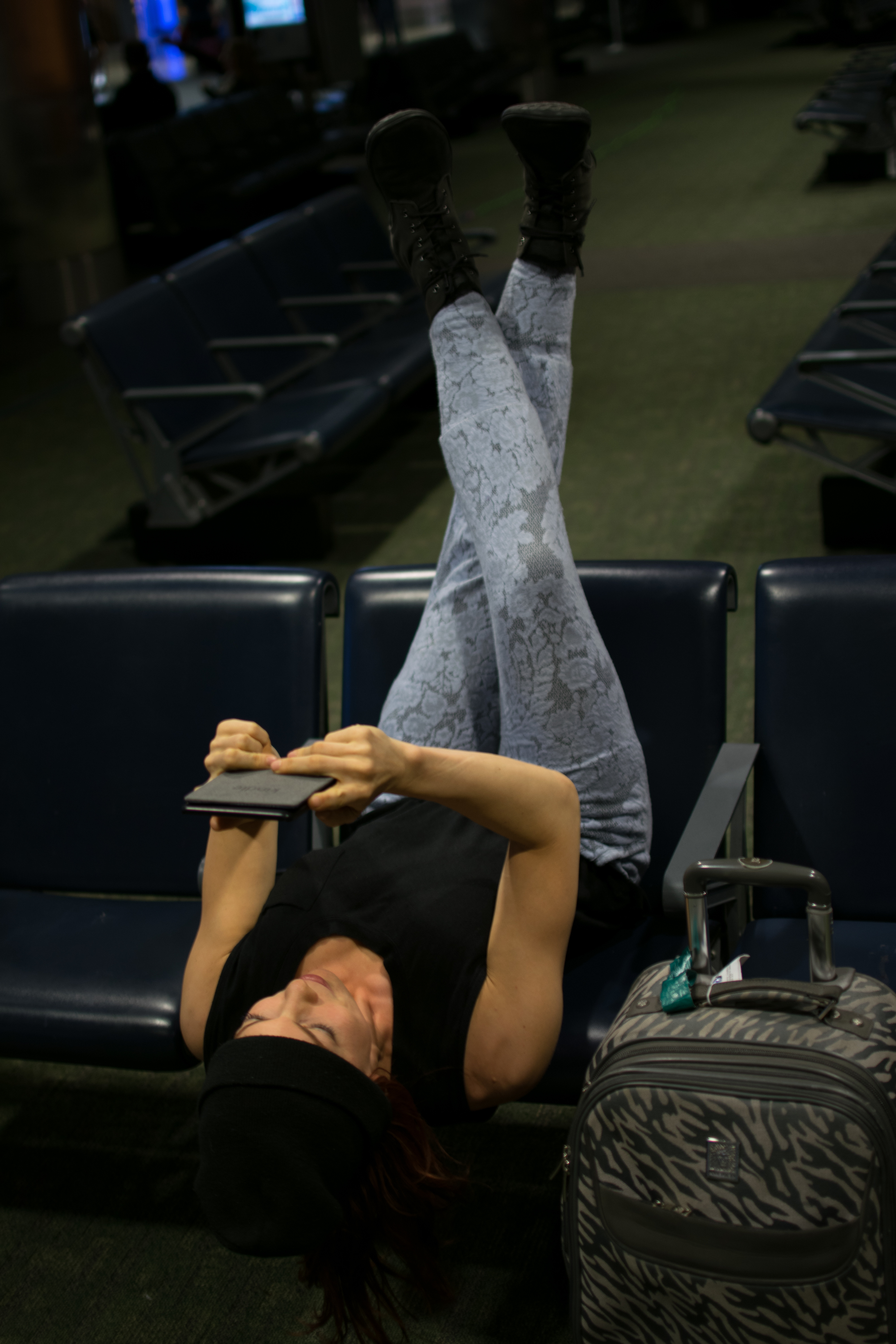




“I don’t do balls,” I used to say.
Like many other dancers I knew growing up, I formed an identity around being a dancer with no interest in activities involving balls, pucks, paddles, etc. (unless I was dancing with it).
In high school, I almost failed P.E. class because I flat-out refused to participate in any sports activity. As a result, in later years, whenever someone would throw me a ball I’d duck away rather than catch it, or if I did attempt a catch, it would be in a stiff and panicky state. It was embarrassing.
Ki’ilani (seen in the video) changed my relationship with catching. She loves balls more than anyone I’ve ever met. Every trip to a large store includes a visit to the sports aisle to feel balls. She even keeps a ball in her pocket for comfort tossing. One of our quarantine activities has been ‘dance catch.’